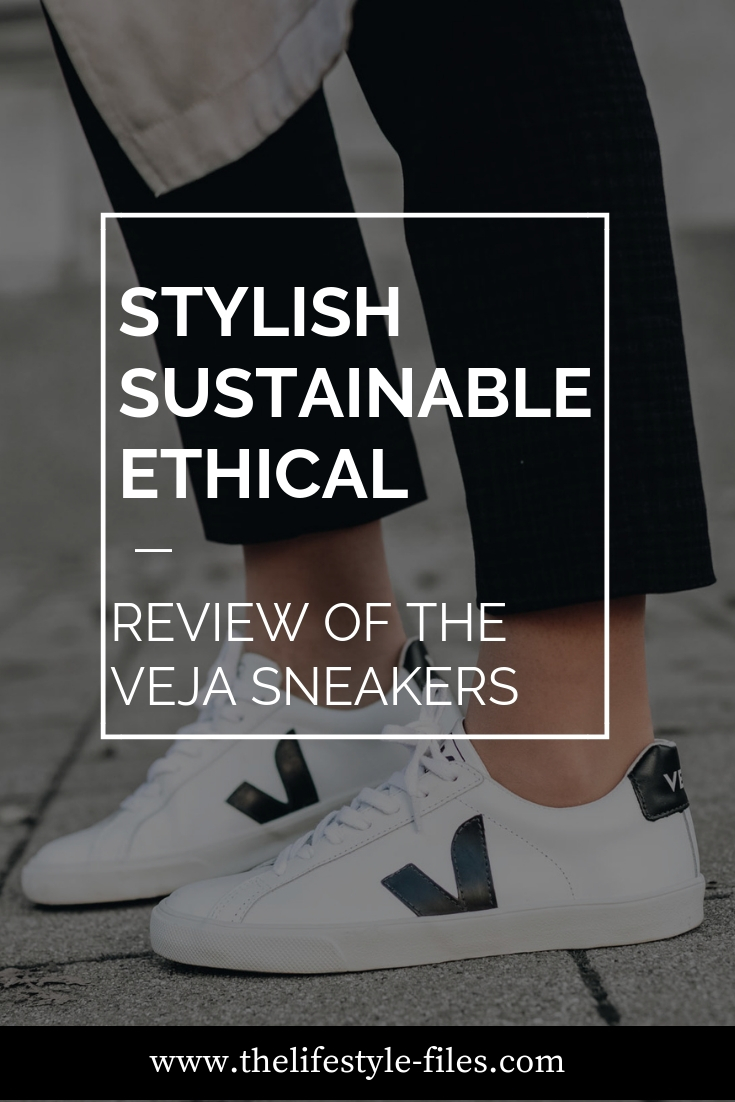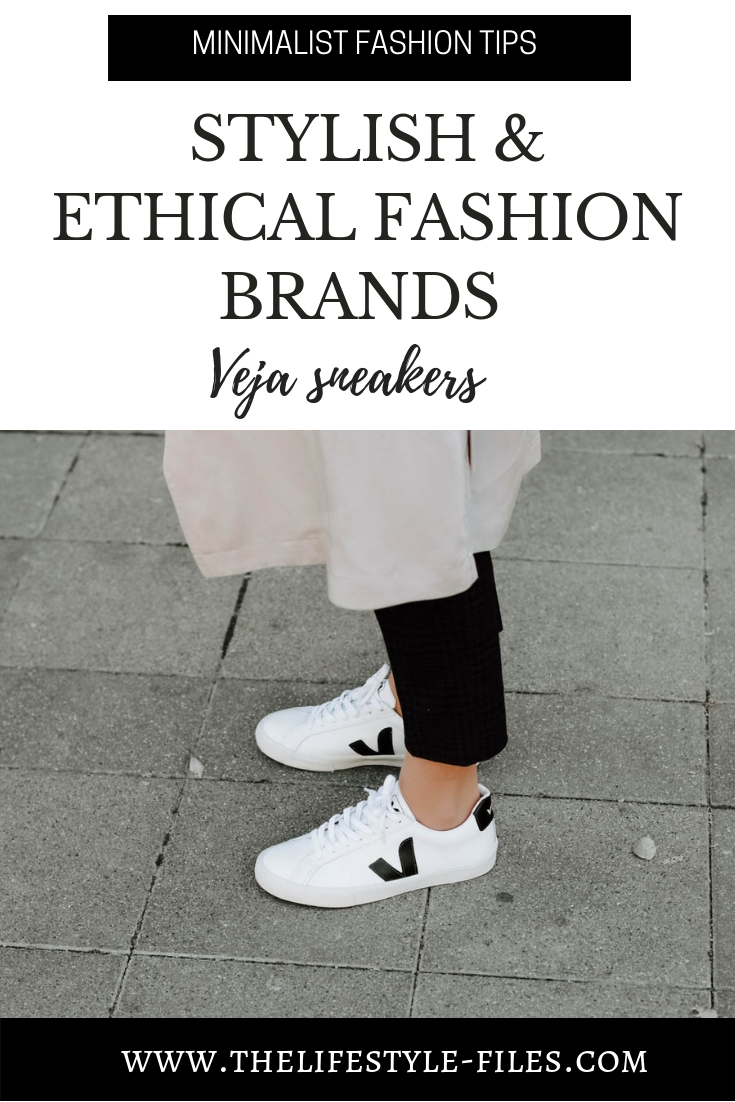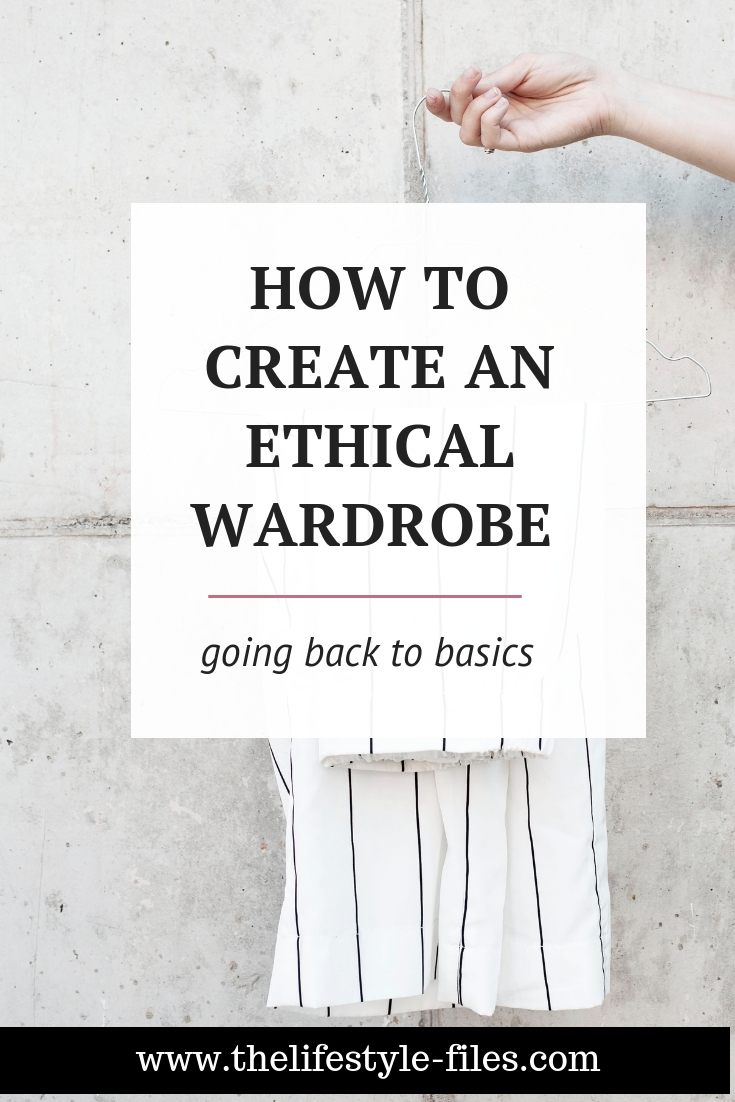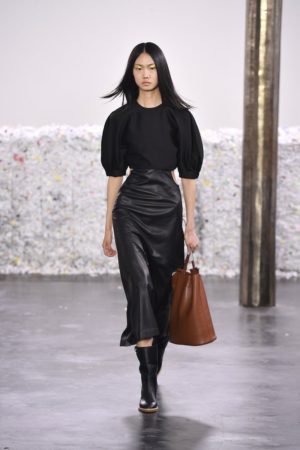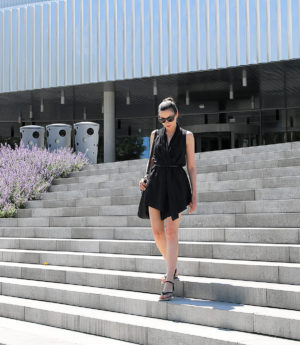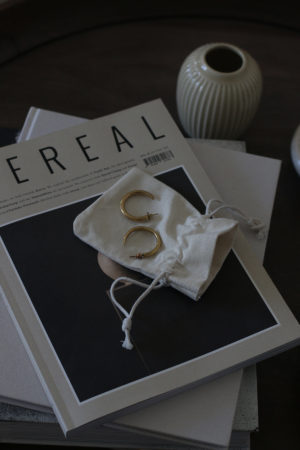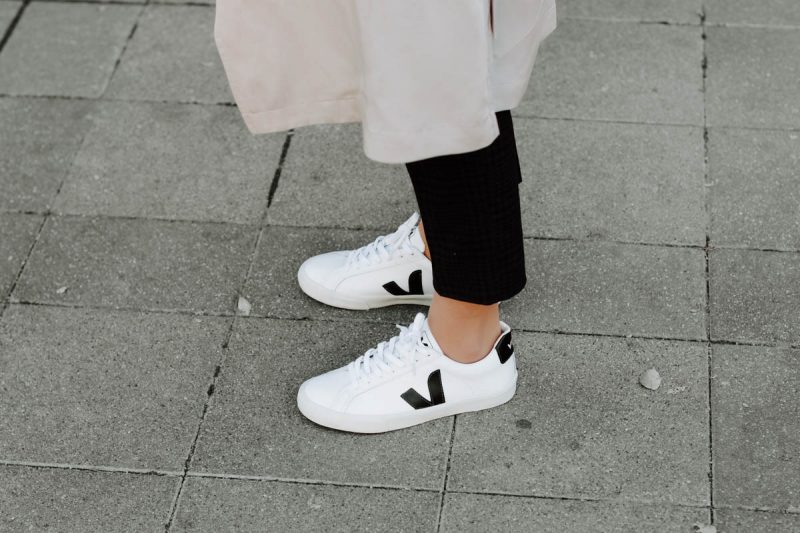
More than a year has passed since I wrote a post on my shopping dilemma. It was an honest look at my shopping habits and some of the difficulties I faced in becoming a more ethical shopper, from a lack of knowledge to availability issues.
At this point, this blog post should be all about my success stories and how in a year I totally transformed my shopping habits, filled my wardrobe with beautiful, stylish, ethically-made clothes, and became a champion of sustainable fashion.
But this is reality, not a fairy tale, and as such it’s a lot more complex and not black and white. Moreover, I have zero intentions to paint myself as someone who leads a perfect life, makes the right choices all the time, and, above all, finds living a more intentional life totally easy and without challenges.
Because there are challenges, and especially at first, the whole sustainable and ethical fashion thing can get overwhelming. First of all, what makes fashion ethical or sustainable?
Fair wages? Zero waste shipping? Organic natural materials? No plastic? Using renewable energy? Reducing waste in production? Encouraging reduced consumption? Transparency? Diversity? Locally made and sourced? Vegan? Second-hand?
All of the above?
The complexity of this question, unfortunately, can often deter people from even trying.
Even if we make it through the more theoretical questions and establish some of our own criteria, there can be practical questions as well.
For example, design and availability are some of these practical challenges for me – I actually have a hard time finding ethical clothes that perfectly match my aesthetic requirements.
All of this combined often led to frustration and then to guilt when I shopped elsewhere, choosing an item that matched some of my criteria (like quality and natural fabrics), but wasn’t made by a local designer or ethical company.
At one point, however, I realized this purist approach is really not gonna work, in fact, it can be quite counterproductive. The more expectations I tried to meet, the fewer results I actually yielded.
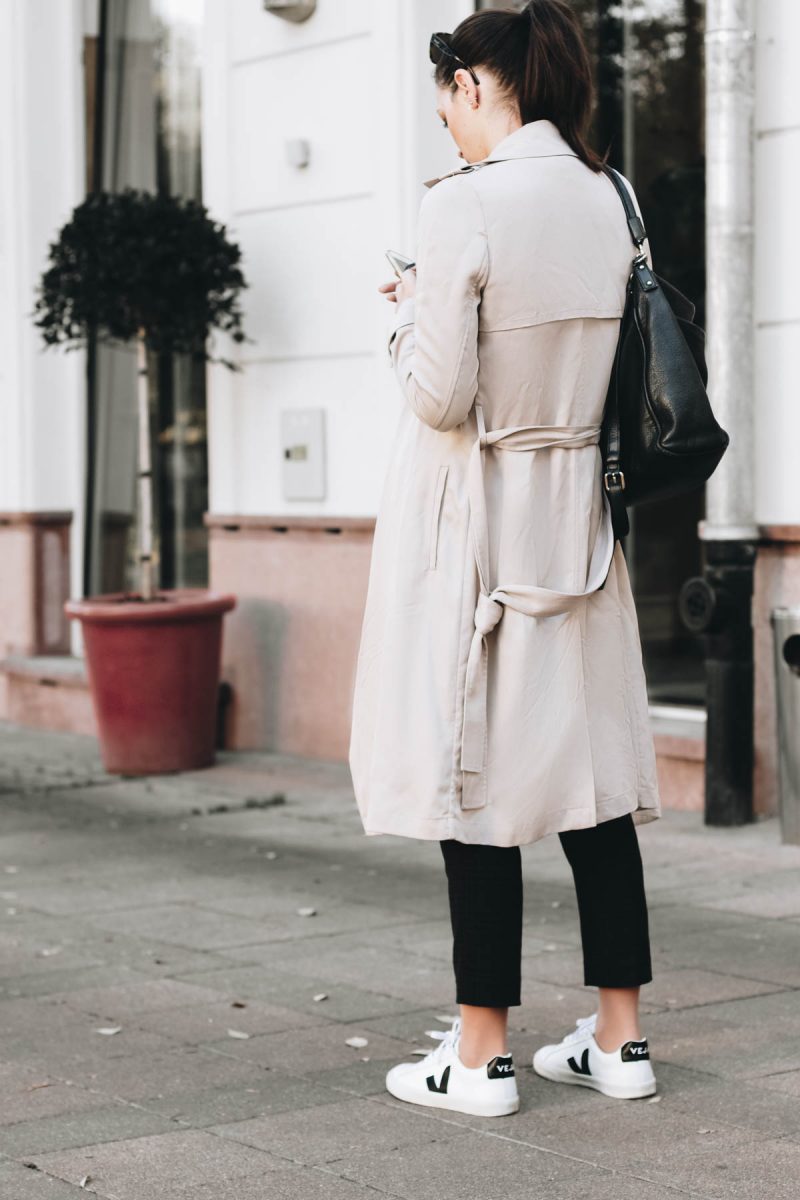
Going back to basics and focusing on intentional shopping
Realizing that making changes in my lifestyle should not be an all or nothing game really helped me. Rethinking my priorities helped as well.
I’ve always been an advocate of smart, intentional shopping, which for me means buying less, doing research, focusing on quality and taking care of my clothes. But for some time, I lost focus and thought this was nowhere near enough and my focus should be on finding other brands and shopping more ethically.
Related: How to build your perfect wardrobe? 10 simple tips
I had to realize (or re-realize if that’s a word) that this is not the most sustainable approach for me, and maybe not for others either. This post and awesome infographic by Anuschka Rees guided me back to my original path and reassured me that it’s OK to go slow.
Seeing that overproduction and mindless consumption are probably the main sources of most of the fashion industry’s problems (from social to environmental costs), it makes sense to start by sorting out our own shopping habits. Buying good quality clothes, taking care of them, and shopping intentionally (knowing exactly what we would like to buy, why, and how it will fit into our lifestyle) are the foundations of sustainable fashion and should be everyone’s main focus.
The Checklist: 15 questions to honestly answer before buying clothes
As important as it is to be aware of problems and issues, it’s just as important to focus on small successes and put everything into perspective. In recent years, I did establish my own sustainable shopping approach: I have priorities and criteria I always examine before I buy something. I take care of my clothes and, as a result, have clothes that have been with me for years. I focus on quality and shop a lot less than the average (to see exactly how many clothes I bought last year, check out this post).
I’ll continue to shop this way, and as a bonus step, will keep my eye on ethical and sustainable fashion brands. I’ll try to go that way if I can, if I find something I love and that fits my aesthetic and style, but if I don’t, I’m not going to beat myself up for buying something else – provided it meets my above requirements.
Sustainable x stylish brands – Veja
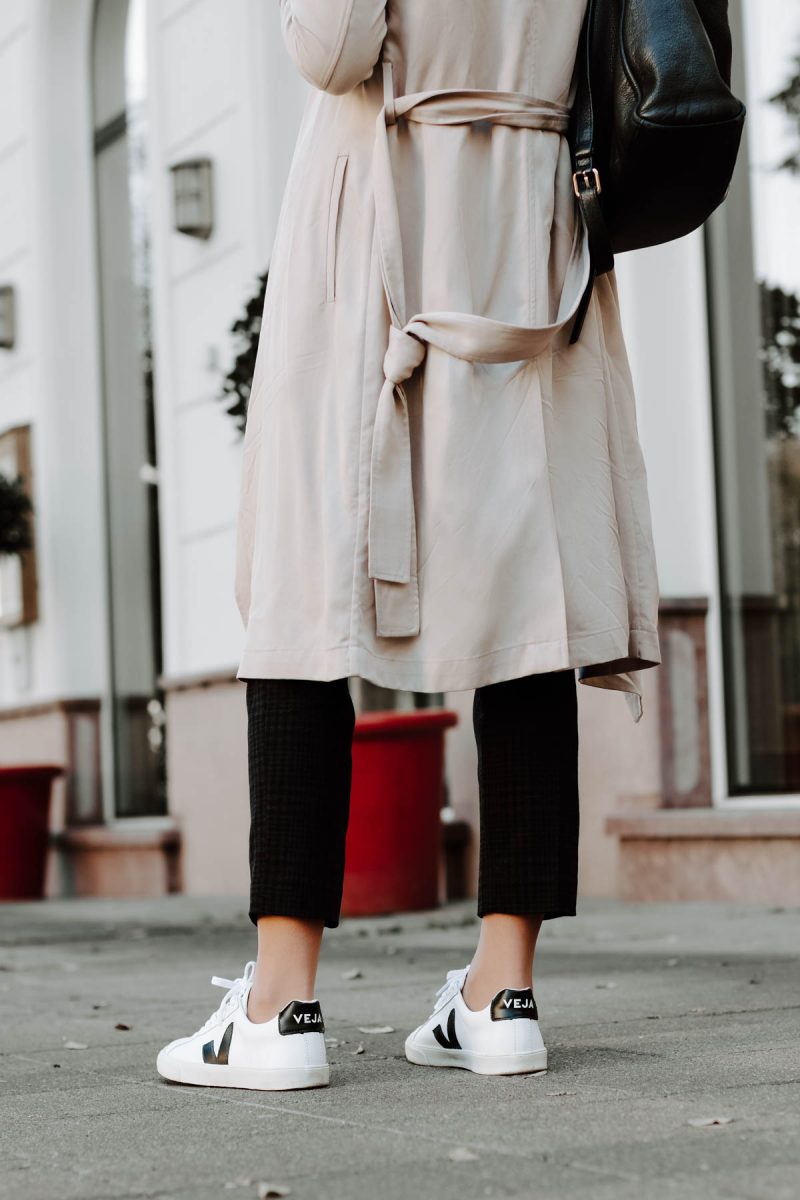
With that said, I did come across some brands that have caught my eye and whenever I come across a brand like that in the future, I’ll definitely share that.
My very first sustainable purchase was Veja sneakers. It was a case when everything aligned nicely: I needed new shoes, I specifically wanted white sneakers, I found Veja whose aesthetic and business approach I liked, and I went to Paris, where I could actually try them on, saving me the hassle of online shopping and potential returns.
Veja is a French footwear brand with a heavy focus on sustainability. The shoes are made from organic and fair-trade cotton, wild rubber from the Amazonian rainforest, leather, and recycled plastic bottles. They have vegan shoes as well.
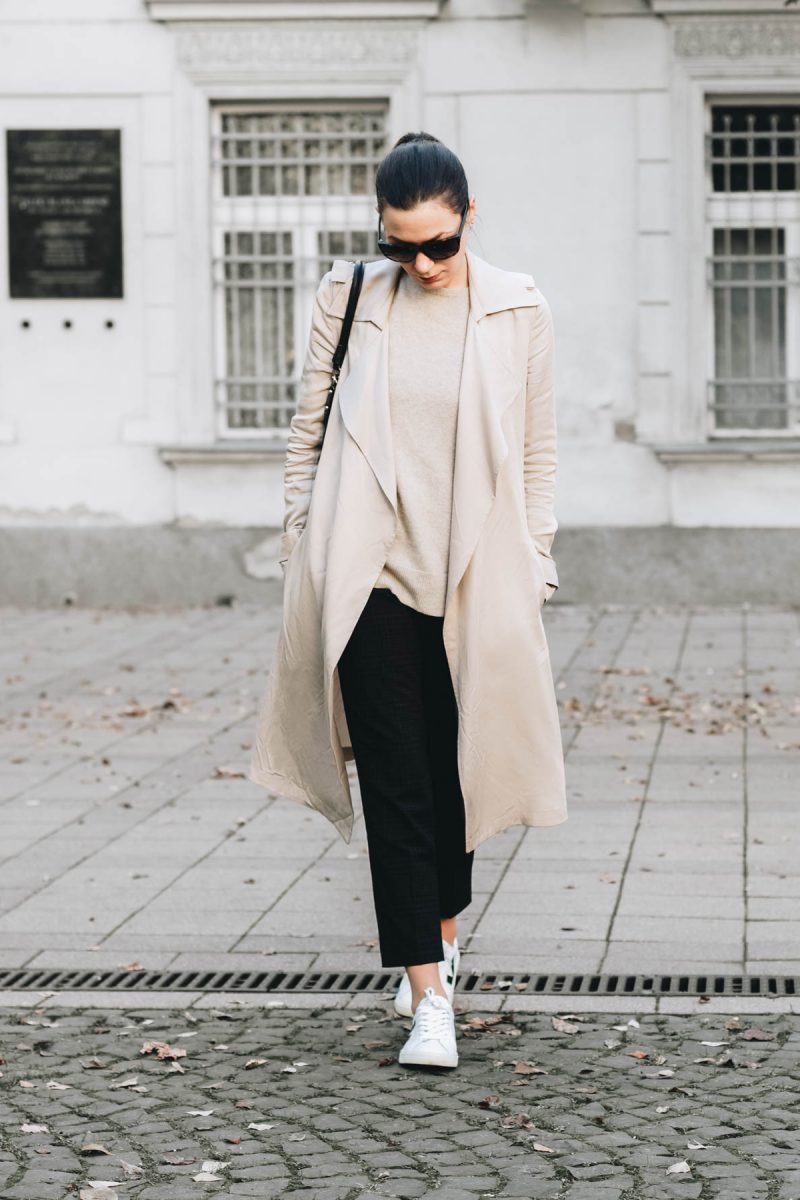
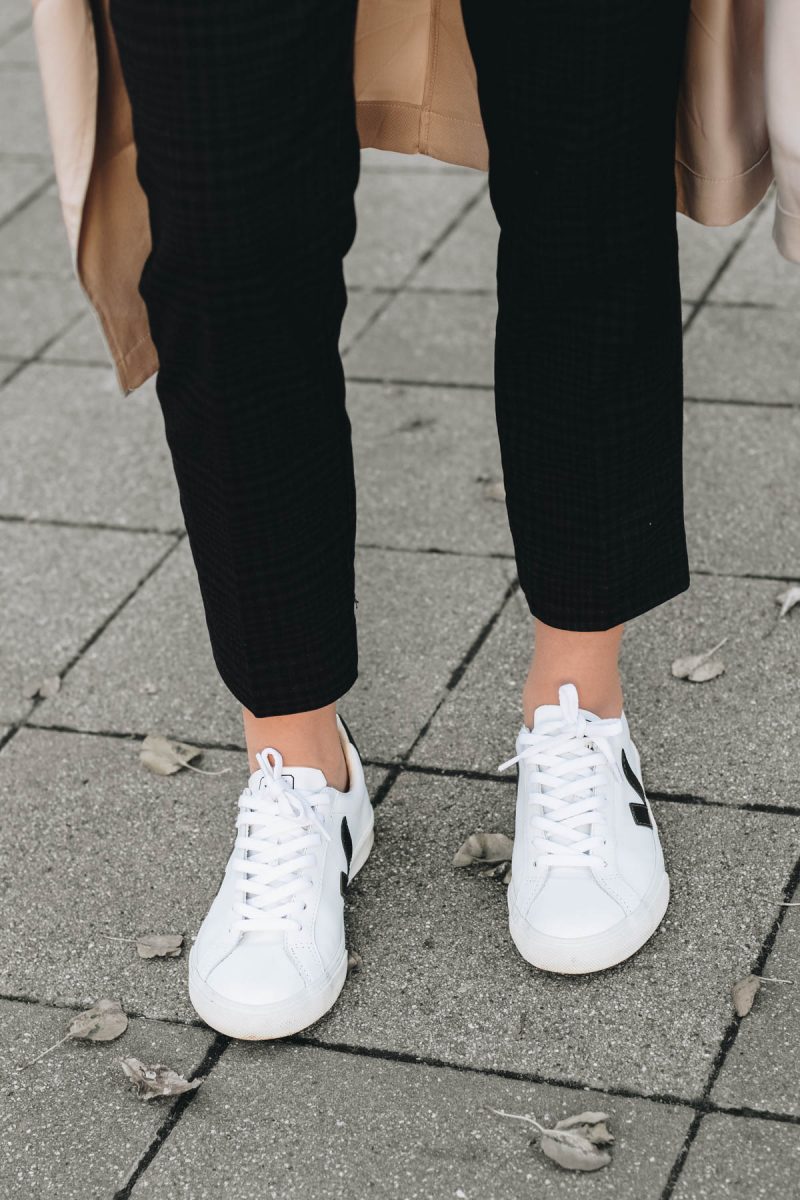
Veja takes the design process seriously and focuses on creating shoes that will stand the test of time. The design process is deliberately slow – there are no new models every two weeks, so far in 14 years, 19 main styles have been designed.
They try to be transparent about their supply chain and production, purchase from farmers directly at above the market prices, produce their shoes in Brazil and focus on providing fair wages and job environments. They also work with environmental activists, regulators, and NGOs to improve production standards. They have also cut down on advertising costs, which makes it possible for them to sell the shoes at similar prices like mainstream brands, even when Veja’s production costs are bigger.
I also like that they admit their limits and do not claim to be perfect. The dyes they use are not natural, even though their leather meets regulatory standards, only 10% is vegetable-tanned, and they are aware of recycling and consumption issues. But this just makes them more real and credible in my opinion (read more about how they produce their shoes here).
I really liked what I read about them and loved their style, so I ended up going into a Veja store in Paris to see them in real life.
This is something that I’d suggest doing if you’re interested in buying Veja sneakers. Not all the styles I tried on looked good on my feet. Some of them seemed a little too stiff and sturdy at first, but I guess they need some breaking in as most leather shoes.
The style I ended up going is the Esplar leather extra white/black (I sometimes size up with sneakers, but my usual EUR 38 was good for me). The price was 99 euros.
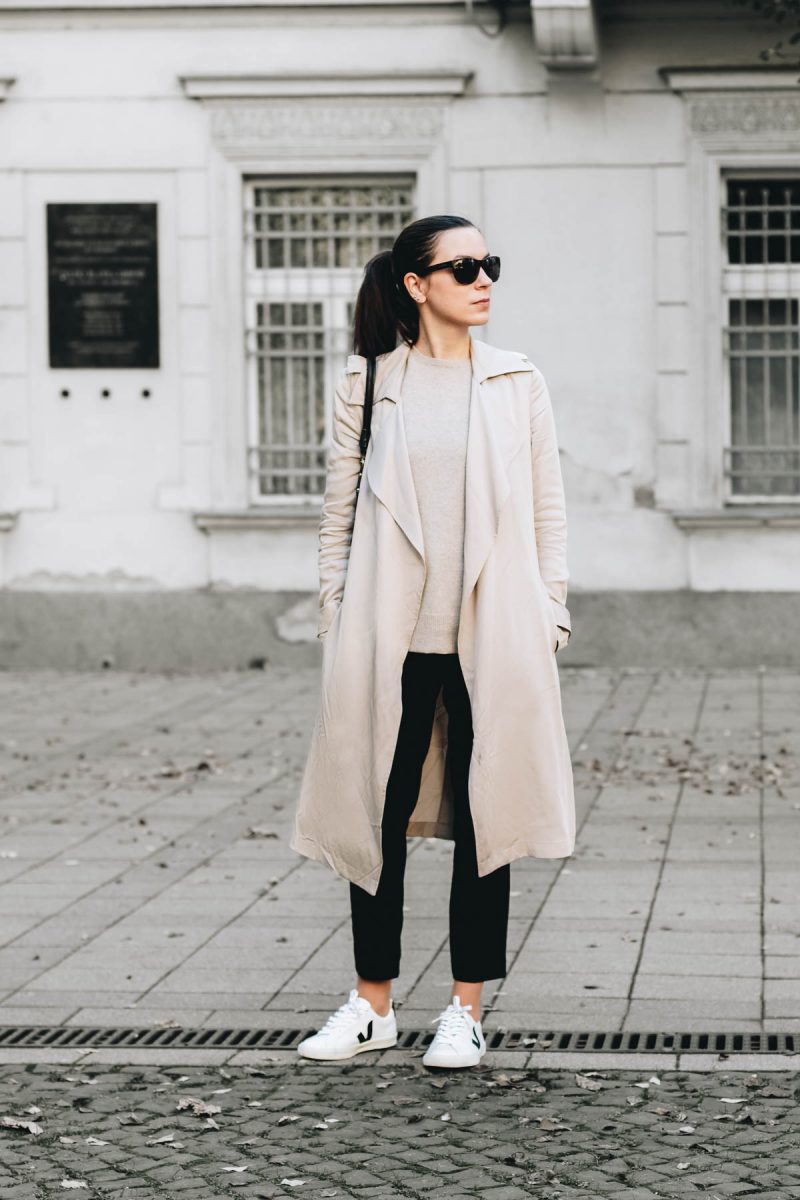
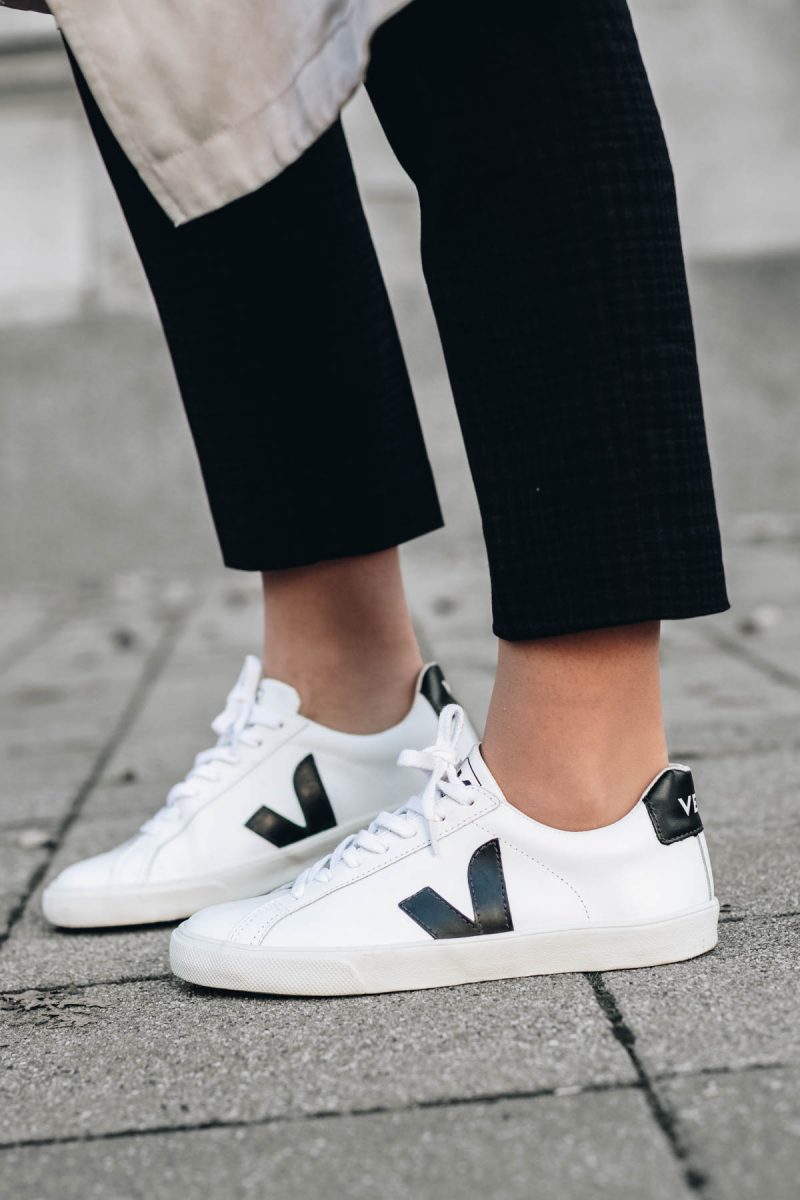
Overall, the shoes are quite very comfortable, have never hurt my feet so far and I’m quite happy with them. The only issue I had is that the tongue is a little short and pokes my ankles a bit when I lift my feet. I’m not sure whether this is due to the design or the structure of my own feet. It’s not an issue when I’m walking, only, as I said, when I lift my feet in a higher angle, typically when I drive and use the pedals. Overall, this is not something that ruins the shoe experience for me, especially as it has proved to be quite comfortable for longer walks as well. But this is definitely something to try for yourself – no ethical item is worth it if you don’t love wearing it.
Veja is available in selected stores across the world, their online shop, and major online retailers, like Net-a-Porter, Farfetch, Need Supply, or Zalando.

